Since the start of Donald Trump’s run for the U.S. presidency in 2015, he has been critical of the amount of money U.S. allies contribute to their own defense.
Now, the Trump administration is demanding that Japan and South Korea pay more for hosting U.S. troops stationed in those countries.
The media also reported that U.S. military leadership in South Korea discussed the possibility of withdrawing up to 4,000 troops from South Korea if it does not increase its contributions. The Pentagon has since denied having such plans.
We have each studied overseas deployments of U.S. military personnel for nearly a decade and have recently come together to research the costs and benefits of such deployments.
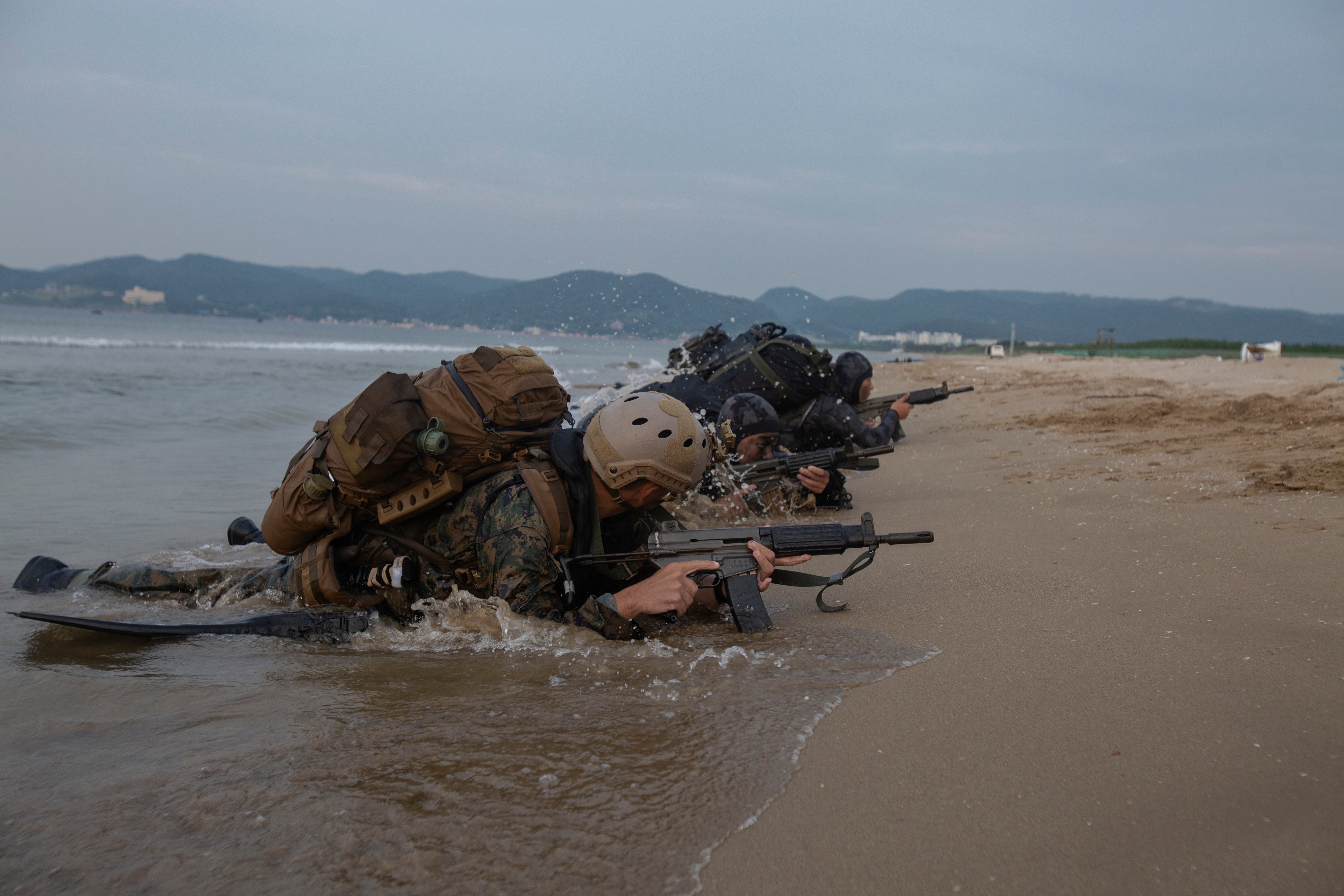
1. What’s in it for the US?
The U.S. currently has approximately 174,000 active-duty personnel deployed to overseas locations in approximately 140 countries. The Department of Defense Comptroller’s Office estimates the total cost of overseas bases and deployments at US$24.4 billion in fiscal year 2020.
These figures generally exclude the costs of ongoing combat operations.
When stronger countries provide security for weaker countries, they receive non-material benefits in return.
For example, the weaker country may sacrifice control over their foreign policy and give the major power access to territory or airspace it otherwise would not have. Deployments in Japan and Korea gave the U.S. influence in Southeast and East Asian regional matters during the Cold War.
Additionally, U.S. military personnel have served as the forefront of U.S. public diplomacy over the past 70 years through their routine jobs and day-to-day interactions with locals. The U.S. has been particularly effective at building “soft power,” meaning that people in other countries support the U.S. because of the affinity they feel toward Americans and American culture.
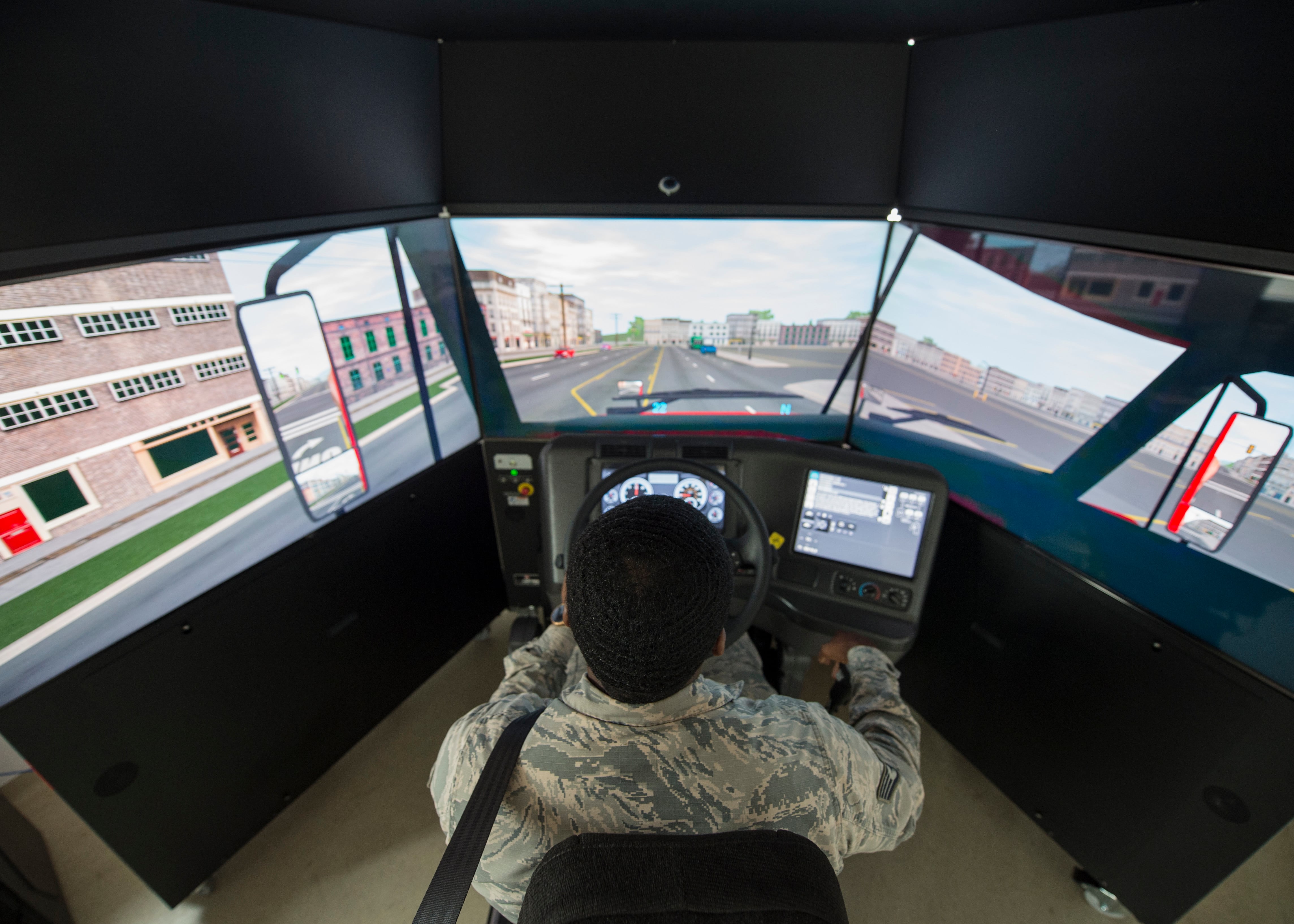
2. How long has the US had bases in Japan and South Korea?
Since the end of World War II in 1945 and the Korean War in 1953, the U.S. has maintained several military bases and tens of thousands of military personnel within both countries.
After Japan regained its sovereignty in 1951, the United States and Japan signed a treaty calling for mutual defense and an agreement that allowed for the U.S. to operate and maintain military bases in Japan. Either country has the option, with one year’s notice, to end the treaty.
Currently, there are approximately 55,000 U.S. troops in Japan.
South Korea has hosted U.S. forces since the Korean War, when the United Nations Security Council authorized member nations to repel North Korea’s invasion of South Korea. After the 1953 armistice, the forces remained to provide continued security to South Korea and to deter hostilities from North Korea.
There are currently approximately 26,500 U.S. troops in South Korea.
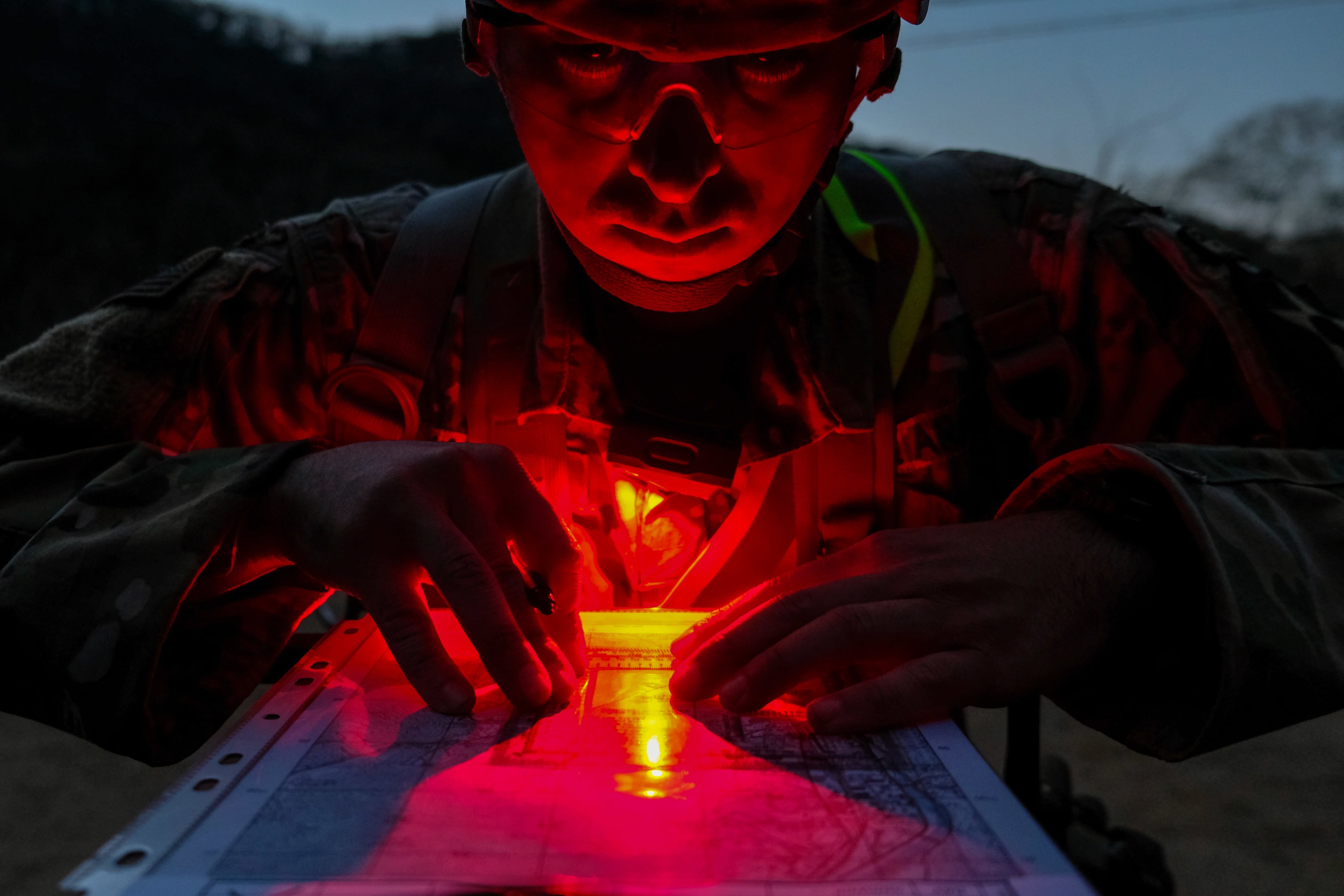
3. How much do Japan and South Korea normally contribute?
The United States has negotiated agreements with both Japan and South Korea that lay out the details of the cost-sharing arrangements with each country.
The specific amounts contributed, as well as the activities that each state covers, vary by country and over time. However, the contributions of U.S. allies typically are substantial.
For example, in 2019, the U.S. and South Korea negotiated an agreement calling for South Korea to contribute approximately $893 million.
Japan’s current agreement doesn’t provide a clear statement on total contributions. However, Japan’s current support amounts to approximately $1.7 billion.
By comparison, the Department of Defense currently estimates the total cost of maintaining the U.S. presence in South Korea and Japan at $4.5 billion and $5.7 billion, respectively.
Accordingly, both countries’ contributions amount to a substantial percentage of these total price tags.
Importantly, these figures provide only a rough picture of the financial relationship between the host country and the U.S. related to defense.
For example, the figures for Japan do not reflect other transfers, like Japanese purchases of U.S. weapons systems, free rent and tax waivers, and other expenditures taken on
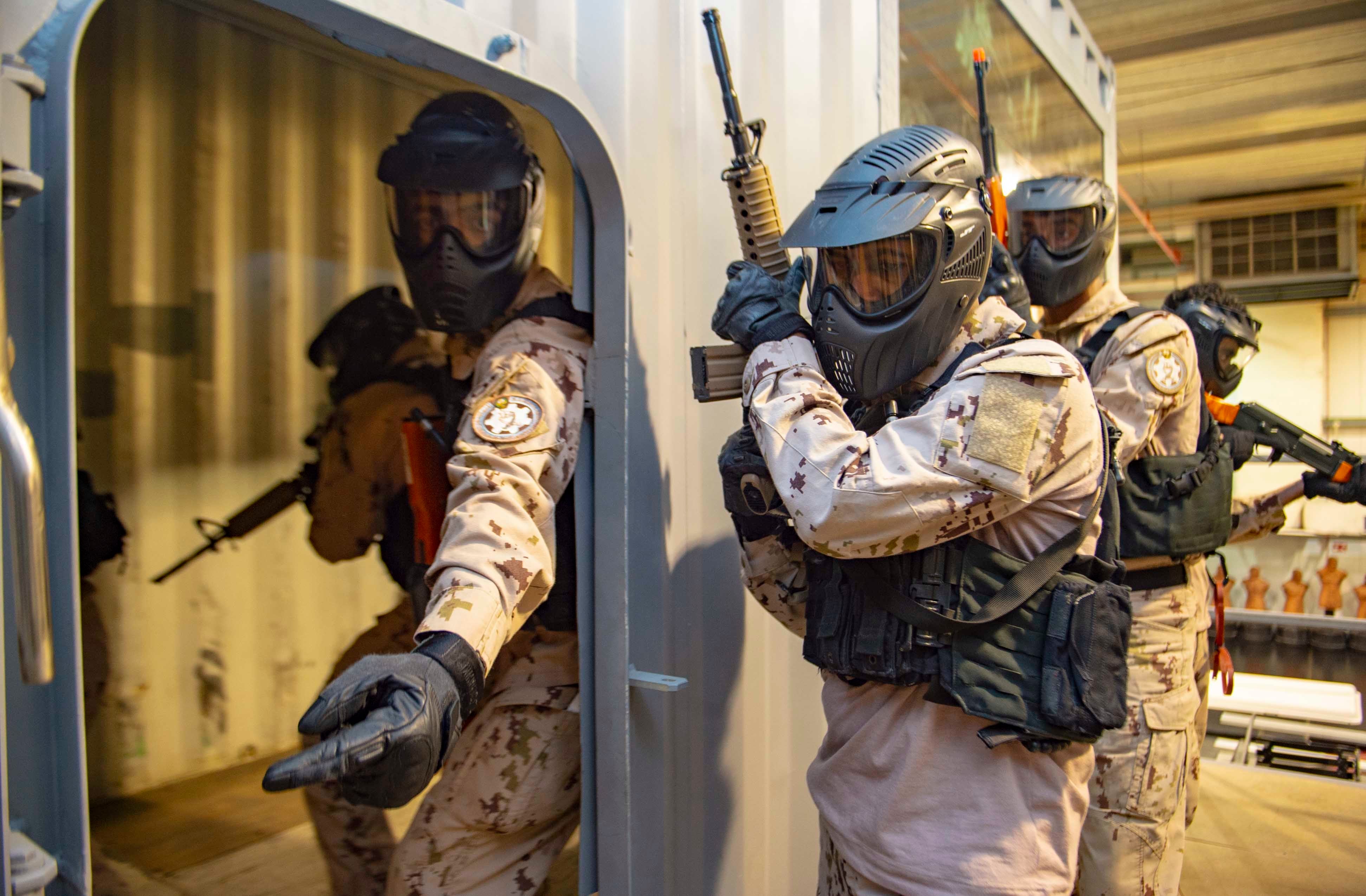
by the Japanese government.
4. How do people in other countries view the presence of U.S. military?
In 2018, we conducted a survey in 14 countries, including Japan and South Korea, with approximately 1,000 respondents in each. These countries have traditionally hosted large U.S. military deployments.
We found that people in the host country generally feel positively or have neutral attitudes toward the U.S. personnel stationed in their country. People who have had direct contact with members of the U.S. military, or whose families and friends have interacted with the military, are more likely to report favorable views of U.S. personnel.
In addition, between 10 percent and 25 percent report receiving financial benefits from the U.S. military presence. This can include having U.S. service members patronize their businesses or being employed by the U.S. military.
Our personal interviews with people in troop-hosting countries confirm these findings. For example, when we asked a member of the local Parish Council in the village of Lakenheath, England, how locals interact with the U.S. military, he told us, “When they see that [U.S. military personnel] are just as human as you are, people like [the U.S. military] more.”
Opinions are not uniform. There are certainly ethical, social, environmental and economic considerations to hosting large U.S. deployments, and these costs have led to dissatisfaction and opposition in multiple countries.
The U.S. presence has led to protest movements on the Japanese island of Okinawa, around the Ramstein Air Base in Germany, and in South Korea.
The more the U.S. demands host nations pay for the U.S. presence, the less support local politicians may have to maintain the arrangement.
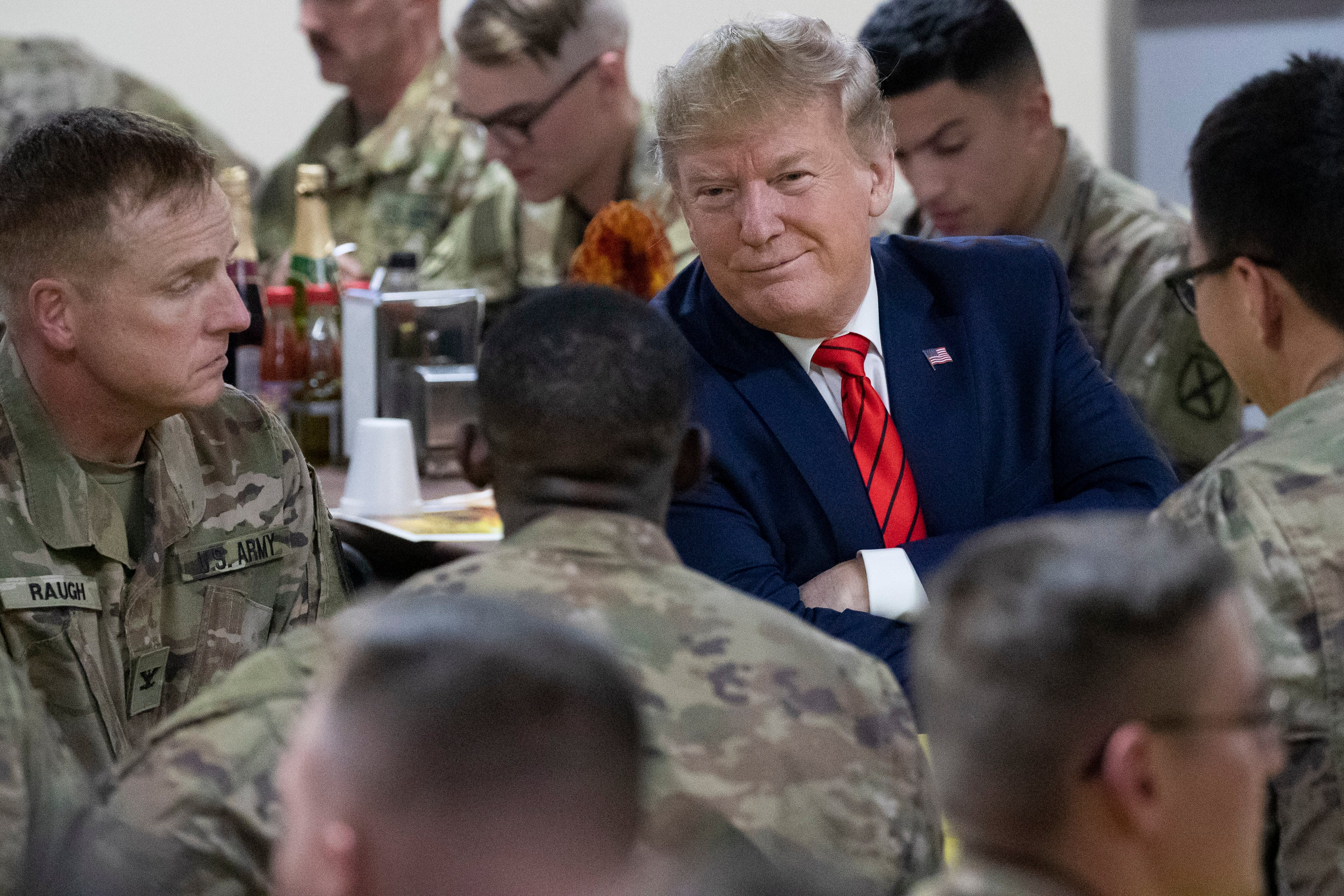
5. Are Trump’s demands reasonable?
The discussion of whether U.S. allies contribute enough to their own defense is as old as many of the deployments themselves.
However, there are two components that make the Trump demands novel.
First, negotiations with South Korea previously occurred every four to five years. The Trump administration changed this last year to every year for South Korea. These negotiations are complicated and could make annual negotiations both time-consuming and turbulent.
Second, reports suggest that Trump’s new demands are not based on any clear U.S. military need. This leads us to the question of how Trump arrived at the new sum being sought from South Korea.
Polling shows that while Americans are increasingly skeptical of the U.S. intervention into Afghanistan and Iraq, Americans do support the United States’ current engagement in the world and its commitments to allies.
RELATED
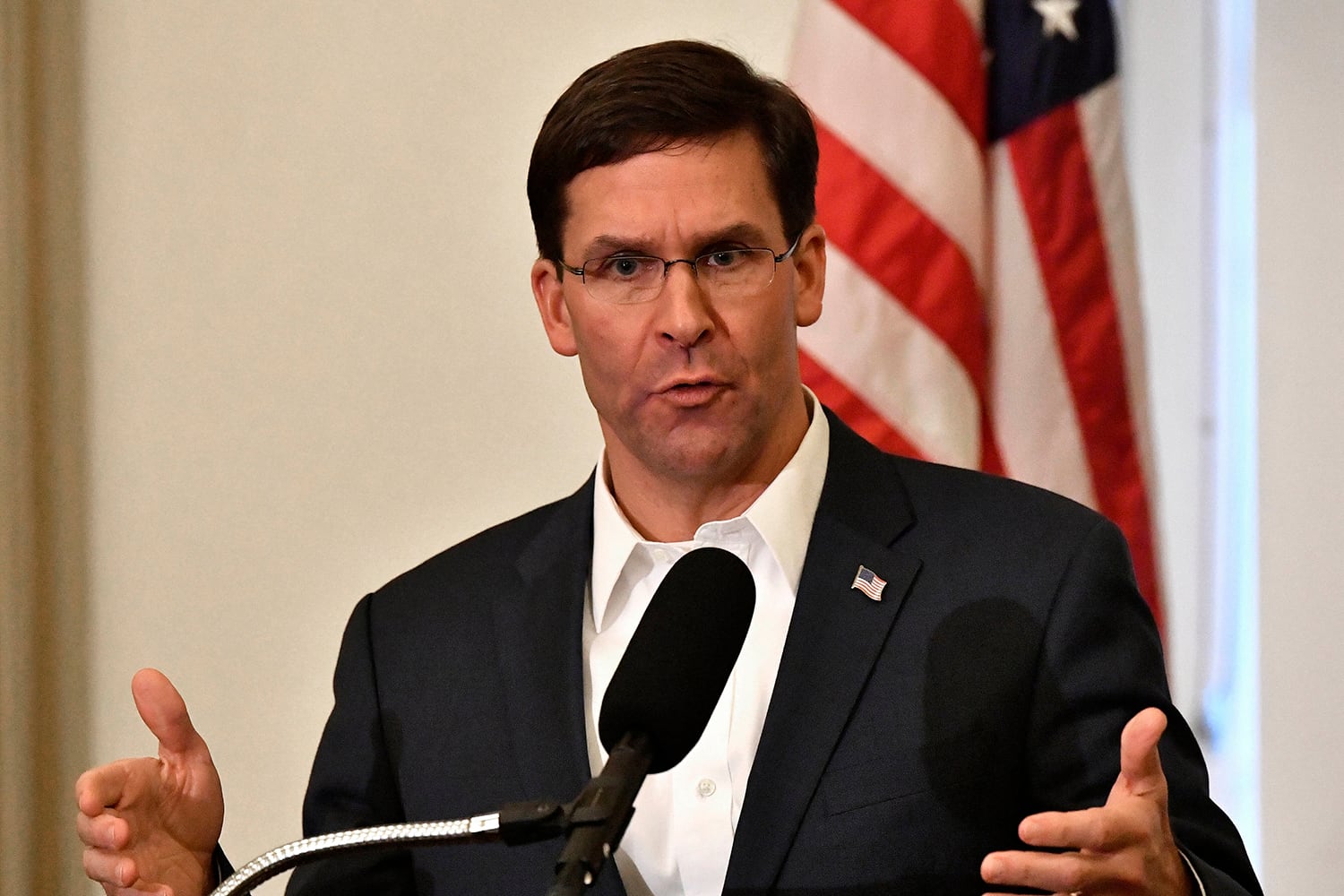
Dr. Michael E. Flynn is an associate professor in the Department of Political Science at Kansas State University.
Dr. Carla Martinez Machain is an associate professor in the Department of Political Science at Kansas State University.
Dr. Michael A. Allen is an associate professor and graduate program coordinator in the Department of Political Science at Boise State University.





